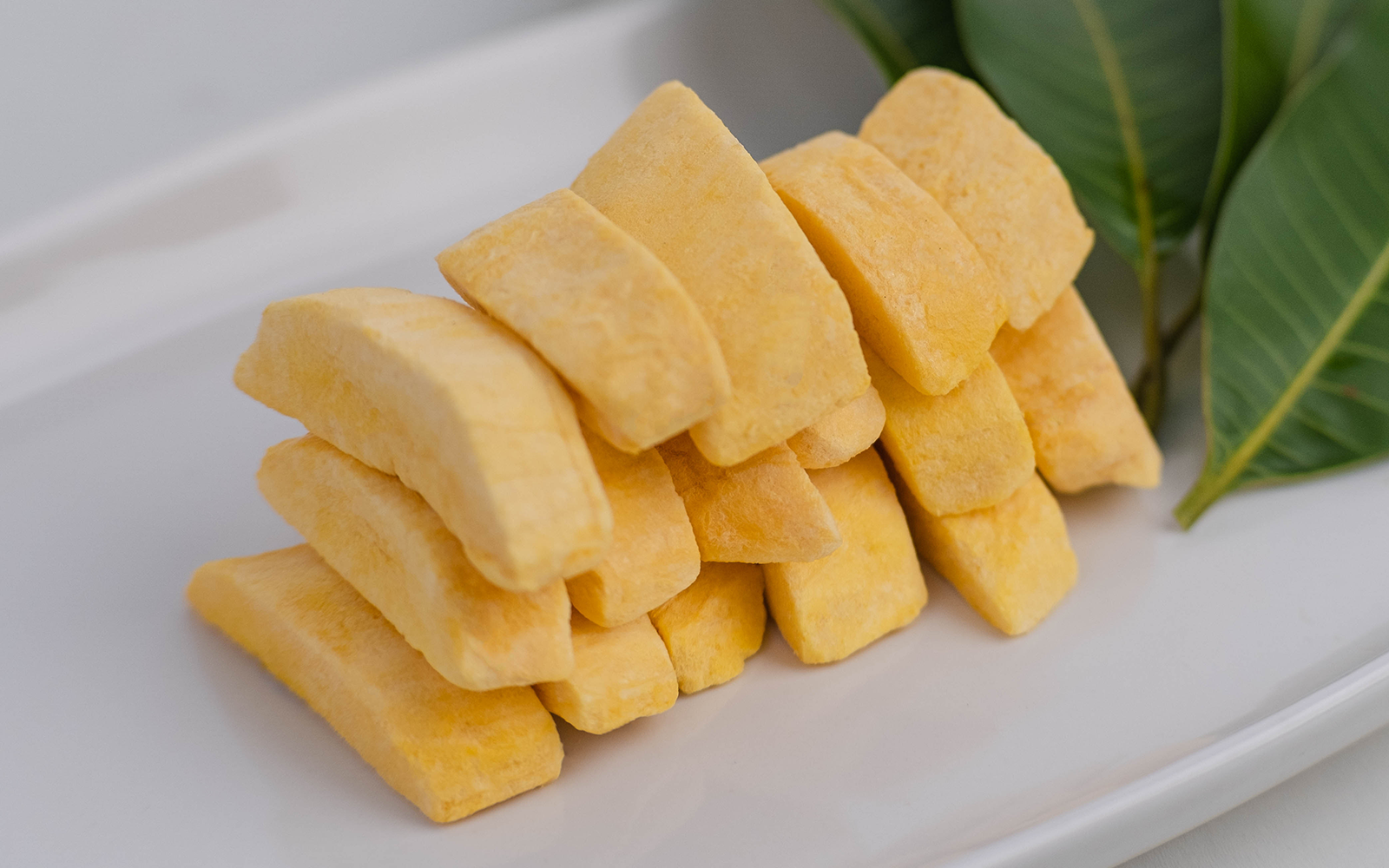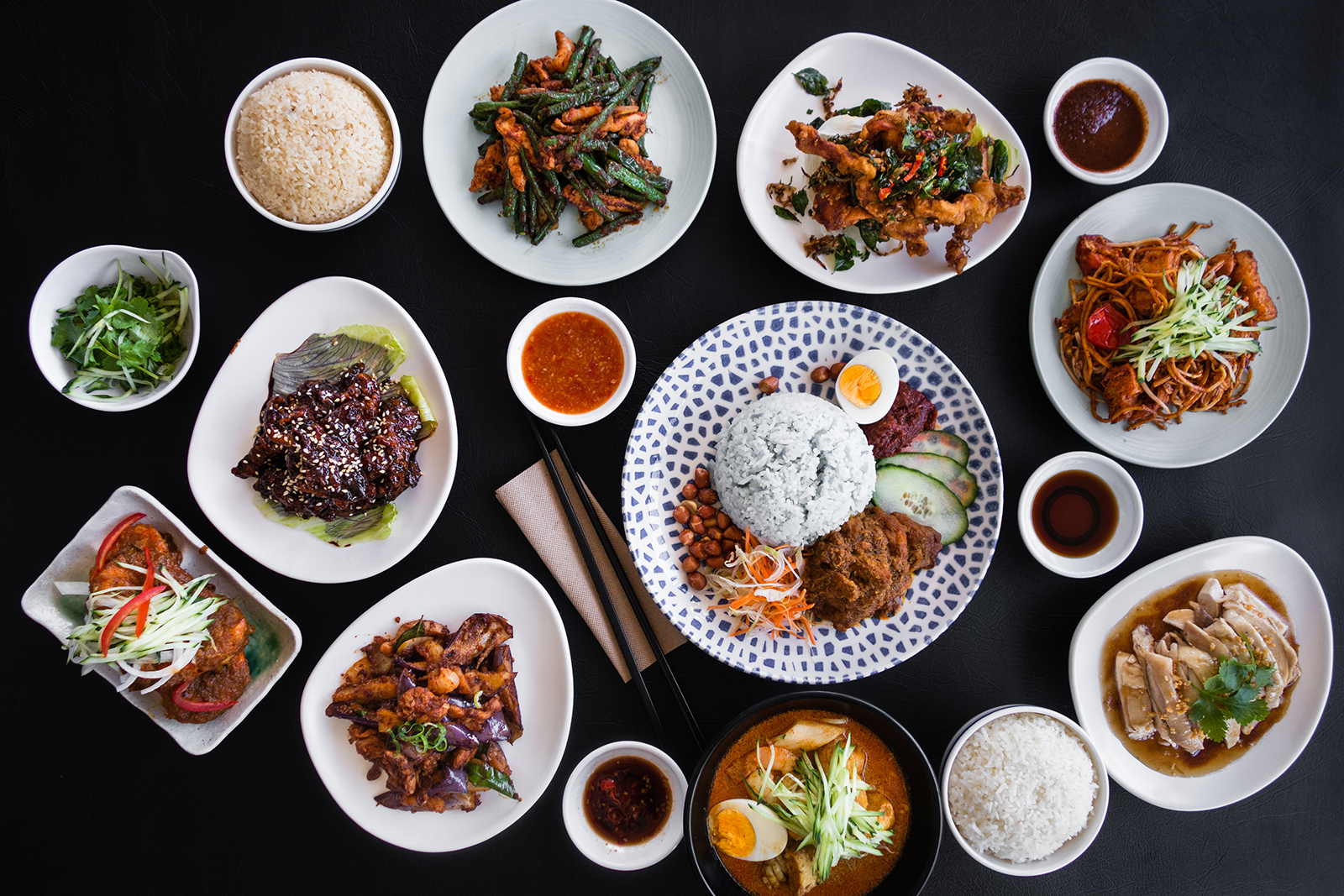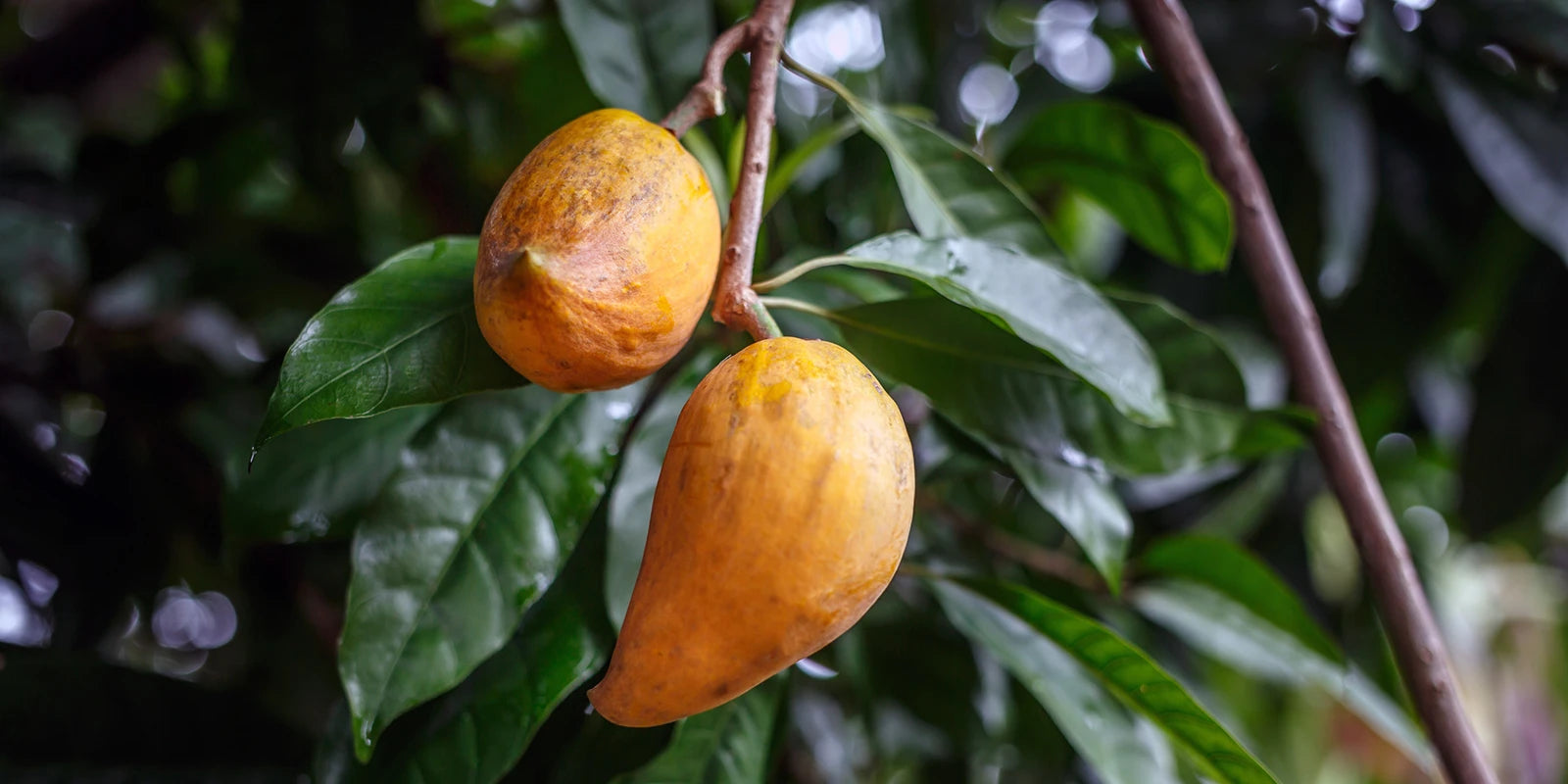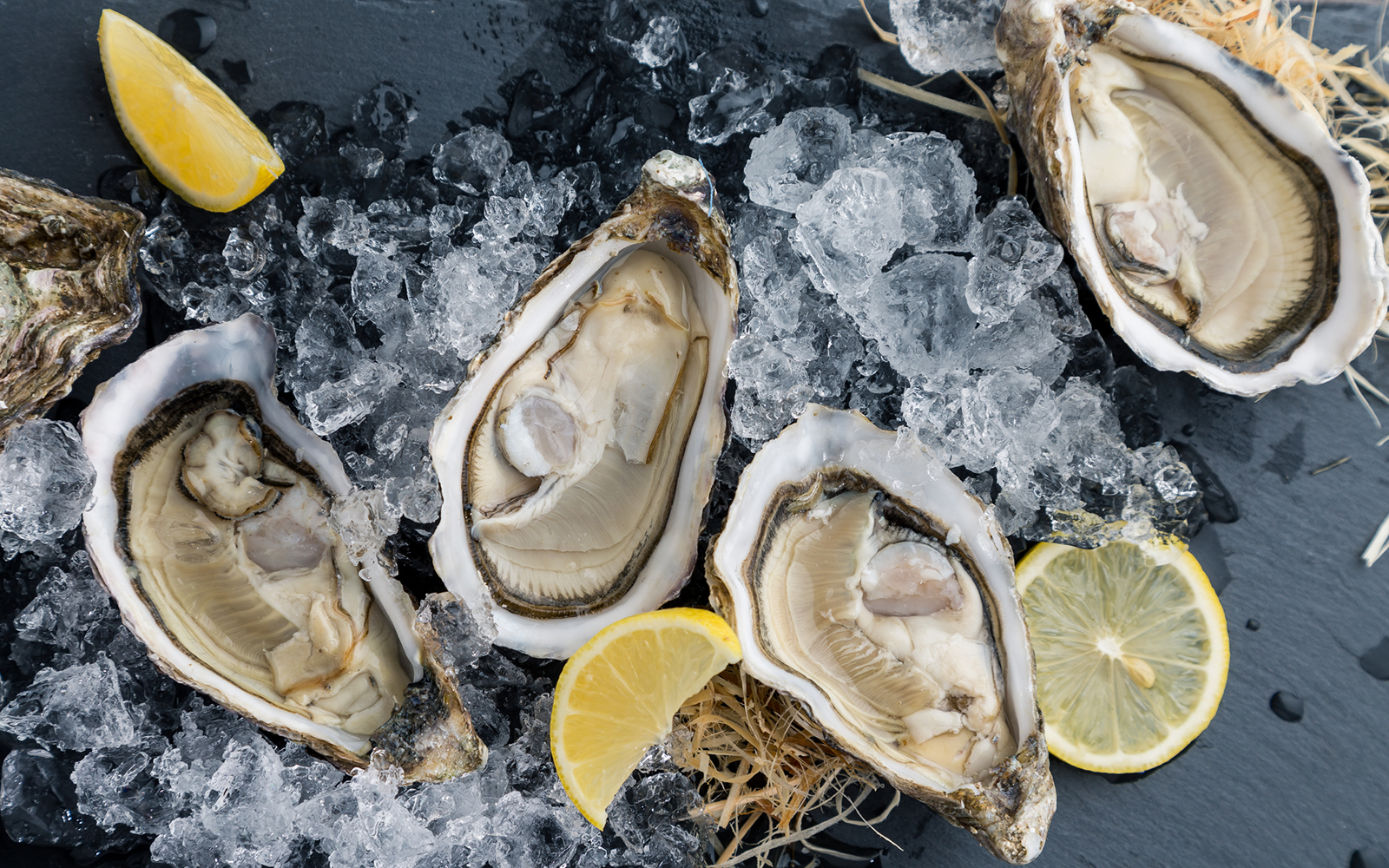Surinam Brazilian Cherry - Matured Orange Skin
Surinam Cherry (Eugenia uniflora)
Surinam cherries are tropical fruits belonging to the Myrtaceae family. The small, flattened fruits grow on evergreen shrubs or small trees, reaching between 7 to 9 meters in height, and thrive in tropical and subtropical climate. Surinam cherries are native to South America, but the fast-growing, hardy plant has been growing well in many countries as an ornamental in home garden landscapes. Despite their “cherry” moniker, Surinam cherries are not botanically a cherry and are fast-ripening fruits that mature in approximately three weeks after flowering. Surinam Cherry are known to have a good medicinal properties and high in vitamin C and antioxidants.
The Orange skinned Surinam Cherry is very sweet when fully ripe. To enjoy them is to harvest the fruit when the skin is soft to touch and wait for a day so the flavours will develop and intensify. The fruit usually becomes larger and sweeter when they are watered well.
Historically, the plants were grown as an ornamental hedge, but sometime they are use as a culinary ingredient and incorporated into baked goods, desserts, preserves, and sauces.
Surinam cherries have a sweet-tart flavor well suited for fresh and cooked preparations. The fruits should only be consumed when ripe, and once harvested, they can be sliced in half, removing the seeds, and stored in the refrigerator for a couple of hours. Allowing the fruits to sit in the cold temperature will help reduce their resinous flavor. The sliced fruits can also be sprinkled with sugar to enhance their sweetness, incorporating the fruits as a topping over fresh baked goods, ice cream, and custards.
Surinam cherries can be chopped and mixed into green salads and fruit bowls, quick-pickled, or simmered into sauces, relish, and compotes. The fruits can be used similarly to berries in baking, and when cooked with sugar, they can be infused into jellies, jams, and fillings for pastries or used to flavor syrups for cocktails. In Brazil, Surinam cherries are popularly fermented into wine and spirits, used to flavor vinegar, or boiled with water to make a juice. Surinam cherries pair well with vanilla, caramel, chocolate, fruits such as strawberries, blueberries, cherries, and raspberries, honey, and maple syrup. Whole, unwashed Surinam cherries will keep 2 to 5 days when stored in an open container in the refrigerator. The fruits have a delicate nature when ripe and should be handled with care as they can be easily bruised, punctured, or squished.
Surinam Cherry are cold hardy when established to -5’c. They are happily growing as an indoor plants, or turn into a bonsai. They are very easy to maintain plant and can be pruned down as low as 1m tall. The plant however will produce prolifically without pruning. Plant is 3+ years.
Plant Care
- Soil: Prefers well-drained, fertile soil. The ideal pH range for Surinam Cherry is slightly acidic to neutral, about 5.5 to 7.0.
- Watering: Regular watering is essential, especially during dry periods, but be careful not to overwater. The soil should be allowed to dry slightly between watering sessions to prevent root rot.
- Temperature: Surinam Cherry thrives in warm climates and is somewhat frost-sensitive. It performs best in temperatures above 0°C, with optimal growth occurring in warmer conditions.
- Light: Requires full sun to partial shade. Full sun promotes better fruiting, but in extremely hot climates, some afternoon shade can be beneficial.
- Fertilising: Use a balanced fertiliser with an NPK ratio of 10-10-10 during the growing season to encourage flowering and fruit production. If the soil is particularly fertile, reduce the frequency of fertilisation.
- Pruning: Prune in late winter or early spring to maintain shape, remove any dead or diseased branches, and promote healthier, more manageable growth.
- Mulching: Apply a layer of organic mulch around the base of the plant to help retain soil moisture, regulate soil temperature, and suppress weed growth.
- Flowering & Fruiting: Surinam Cherry typically flowers in the spring with small, white flowers, followed by the rapid development of bright red to black cherries, depending on the variety. Fruit generally ripens in late spring to early summer.
- Potting: This plant can be grown in a pot if space is limited. Choose a large pot with good drainage and repot every couple of years to refresh the soil.
- Fertilising Regime: Apply fertiliser every 4-6 weeks during the growing season and reduce to once every 2-3 months during the dormant period, depending on the plant's response and growth.
We ship our plants and garden supplies throughout New Zealand. Due to the increased costs of shipping and packaging, we now apply a delivery charge. After offering free shipping for three consecutive years, we find it necessary to adjust this policy to align with current market conditions. However, we have lowered our prices to help offset this change.
Please note, we do not ship plants or garden supplies internationally from New Zealand. We do export plants and tissue culture materials from our overseas nursery, which requires a minimum order. Please contact us at hello@exoticanz.com to discuss your specific requirements.
Shipping (plants) from:
North Island Urban $25
North Island Rural $35
South Island Urban $25
South Island Rural $35
Shipping Garden Supplies:
North Island Urban $20
North Island Rural $25
South Island Urban $35
South Island Rural $45
Delivery
- Our plants are available for shipment from September to April, depending on stock levels. Typical delivery times range from 5 to 7 business days, although they can take up to 10 business days depending on the destination.
- We take extra care in packaging; most of our plants are secured in bespoke inserts and shipped in individual boxes to ensure they arrive undamaged.
- Deliveries are scheduled once a fortnight, typically on Monday. If you place your order over the weekend, we aim to dispatch your plants on the following Monday. This scheduling allows our team to prepare your order thoroughly and ensures the courier has sufficient time to deliver your plants safely, avoiding any unnecessary delays over the weekend.
- All orders are shipped via courier track and trace service (not signature required)
- We cannot deliver to PO Box addresses.
- If you have a rural address, please contact us beforehand to discuss the best delivery options and avoid any potential issues.
Additional Delivery Information
- Most plants are shipped with soil. During the cooler months, we closely monitor weather conditions and may temporarily delay shipments if the weather is particularly severe. Our packing process includes adding insulation when necessary to protect the plants against temperature extremes.
- In summer, we ensure that plants are thoroughly watered before they leave our nursery. Occasionally, we may need to ship plants bare-rooted, particularly when they cannot be comfortably re-potted into smaller packaging for shipping. We will always discuss this with you in advance if your plant needs to be shipped in this manner.
- It's important to note that shipping can be a stressful experience for plants, often due to spending several days in a dark, confined space. While most plants withstand this with little to no stress, some may experience leaf drop. However, they generally recover quickly with some additional care, including proper watering and gradual reintroduction to light after arrival.

















